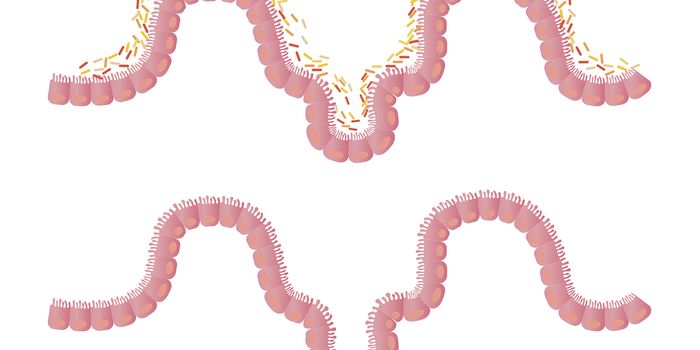Tiny Bone Marrow Models Help Tailor Treatments for Platelet Disorder Patients
Scientists have developed miniaturized 3-dimensional bone marrow models that could help physicians to predict which patients would likely respond to therapies for blood platelet disorders.
Thrombocytopenic disorders are inherited conditions where the production of platelets—blood cells that circulate and bind when they sense blood vessel damage—are dysregulated. Patients with insufficient platelets are prone to internal hemorrhaging or uncontrolled bleeding after an injury. In these cases, patients are administered a drug called Eltrombopag.
The problem, says the study’s first author Christian Di Buduo, is that not all thrombocytopenia patients respond to Eltrombopag in the same way.
Di Buduo and their team created a miniature tissue-engineered model of the human bone marrow which consisted of a silk protein scaffold housing patient-derived bone marrow cells. "This device is a significant improvement over previous models, requiring only a very small sample of blood to recreate platelet production," Di Buduo said.
“Patients with the same apparent form of thrombocytopenia may respond differently to the treatment,” wrote the authors. “We describe a miniaturized bone marrow tissue model that provides a screening bioreactor for personalized, pre-treatment response prediction to eltrombopag for individual patients. Using silk fibroin, a 3D bone marrow niche was developed that reproduces platelet biogenesis.”
To validate their model, they obtained samples from a patient previously treated with Eltrombopag and showed that the number of platelets produced in the bone marrow cultures matched the patient’s response.
According to Di Buduo and colleagues, this development can help clinicians tailor platelet disorder treatments, making sure patients’ conditions are managed more effectively. In addition, they say that this model also represents a research tool that could pave the way for new and improved therapies to manage platelet disorders in the future.
-
APR 30, 2024Immuno-Oncology Virtual Event Series 2024
-
MAY 07, 20243rd International Biosecurity Virtual Symposium
-
JUN 06, 2024The Future of Scientific Conferencing
- See More


















































